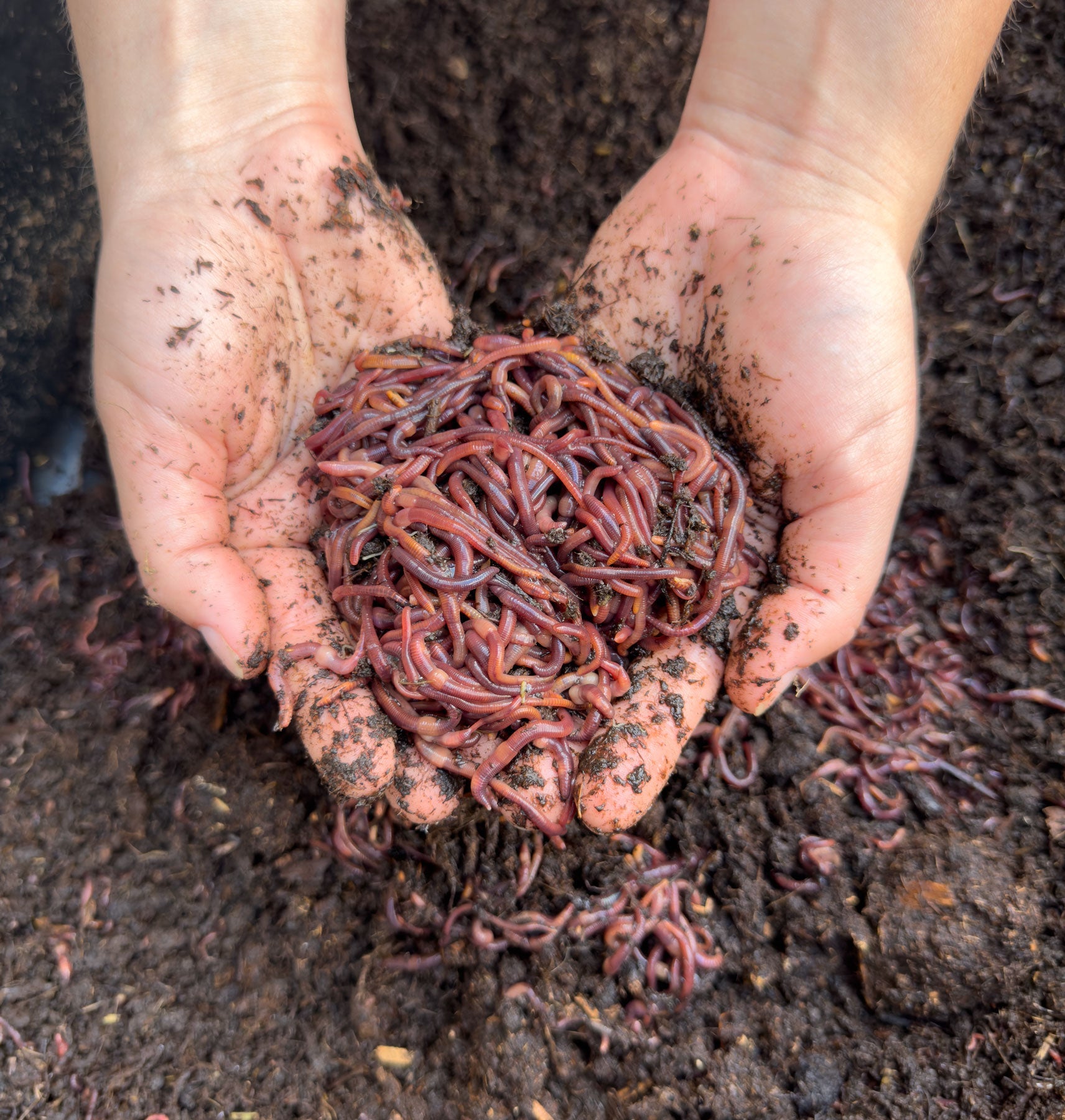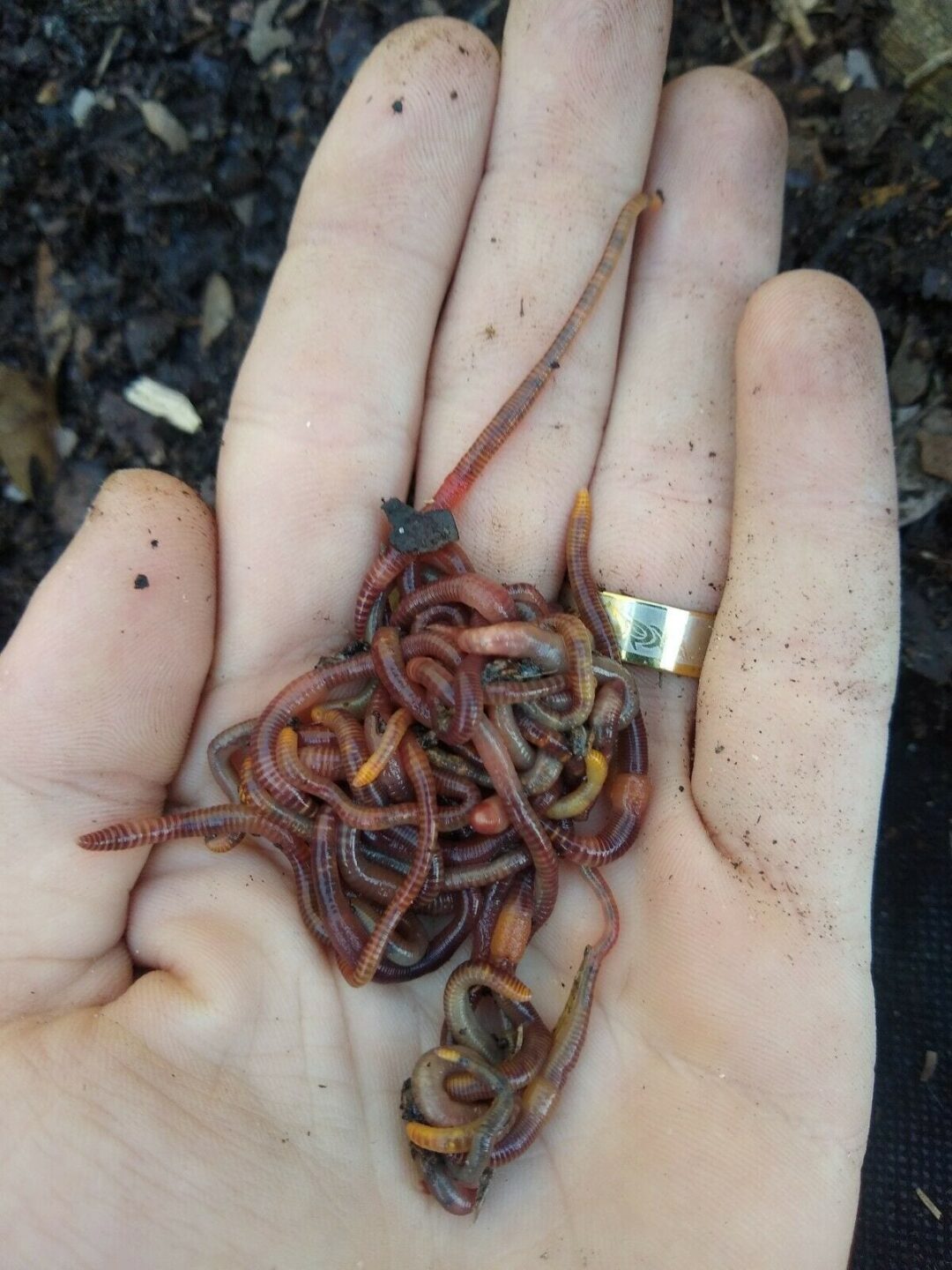Enhance Your Lawn Care Routine with Premium Lake Hickory Bait Products
Enhance Your Lawn Care Routine with Premium Lake Hickory Bait Products
Blog Article
Red Wigglers: The Unsung Heroes of Organic Waste Recycling
Red wigglers, or Eisenia fetida, offer as vital agents in the organic waste reusing process, changing disposed of products into beneficial vermicompost. As the world increasingly seeks remedies to combat waste build-up and boost farming performance, recognizing the function of these worms ends up being essential.
What Are Red Wigglers?
The impressive resilience of red wigglers, clinically recognized as Eisenia fetida, highlights their critical role in organic waste recycling. These tiny, reddish-brown earthworms are typically found in decaying raw material, such as compost heaps and manure loads. Lake Hickory Bait. Unlike various other earthworm species, red wigglers flourish in nutrient-rich settings and are extremely efficient at damaging down natural products, making them vital for vermicomposting

(Red Wiggler Express)In enhancement to their duty in waste decrease, red wigglers add to dirt health by enhancing soil structure and oygenation through their tunneling activities (Lake Hickory Bait). Their presence in composting systems not just boosts disintegration prices but also advertises a sustainable technique to lose management, highlighting their relevance in environmental conservation efforts
Benefits of Composting With Worms
Composting with worms, particularly red wigglers, supplies various benefits that improve both waste management and soil wellness. These worms efficiently break down natural waste, transforming it into nutrient-rich vermicompost that enriches soil. This procedure accelerates decomposition, allowing for a much faster recycling of kitchen area scraps and other organic products compared to typical composting approaches.
In addition, the vermicompost produced by red wigglers is including beneficial bacteria, which help enhance dirt structure, aeration, and moisture retention. This boosts the general health and wellness of plants, promoting vigorous development and enhanced yields in yards and agricultural setups. Additionally, the usage of worms in composting decreases the production of greenhouse gases, such as methane, adding to a much more sustainable waste management system.

Just How to Start Vermicomposting
Developing a vermicomposting system is a simple process that can yield considerable advantages for both waste administration and soil enrichment. To start, choose a suitable container, such as a plastic bin or wooden box, with ample ventilation openings to ensure appropriate airflow. The measurements should preferably be about 2 feet by 3 feet, enabling enough space for the worms to grow.
Next, prepare bed linen product, which can contain shredded paper, cardboard, or coconut coir. This bed linen ought to be dampened to develop an ideal habitat for the worms. When the bed linens is in place, introduce red wigglers (Eisenia fetida) into the container, commonly around one pound of worms for every single square foot of area.
Complying with the positioning of worms, include natural waste, such as vegetables and fruit scraps, coffee grounds, and smashed eggshells. Stay clear of including dairy products, meat, or oils, as these can create odors and attract pests. Finally, place the bin in a shaded, temperature-controlled area to keep optimum problems for worm activity. With these actions, you will efficiently start a vermicomposting system that adds to sustainable waste administration and enhances your soil.
Keeping a Healthy And Balanced Worm Container
(Red Wiggler Express)Maintaining a worm container growing calls for normal focus and like make certain the wellness of the red wigglers and the performance of the composting process. Proper upkeep starts with checking the moisture degrees; the bin must perspire however not saturated. An excellent guideline is to maintain a consistency comparable to a wrung-out sponge.
Aeration is critical also. Gently blending the bed linens and food scraps every couple of weeks protects against compaction and ensures that all worms have access to oxygen. Additionally, it is very important to feed the worms appropriately. A well balanced diet of vegetables and fruit scraps, coffee grounds, and crushed eggshells must be used in small amounts to avoid overfeeding, which can cause odors and insects.
Temperature regulation is an additional essential element. Red wigglers grow in a series of 55 to 77 degrees Fahrenheit. If the container ends up being as well hot or cool, the worms may come to be stressed out - Lake Hickory Bait. Lastly, regularly look for indicators of health and wellness, such as worm populace development and the existence of healthy castings. By vigilantly taking care of these elements, one can maintain a robust and efficient worm container.
Effect On Sustainable Living
The successful maintenance of a worm container not only profits the health and wellness of red wigglers but likewise adds considerably to lasting living techniques. By recycling natural waste, such as cooking area scraps and yard debris, red wigglers assist divert considerable amounts of product from garbage dumps. This reduction in waste not just reduces greenhouse gas emissions yet also lessens the ecological burden linked with waste administration.
In addition, the castings created by red wigglers act as a nutrient-rich organic plant food, improving dirt health and promoting plant development. This natural option to chemical plant foods supports sustainable farming and horticulture practices, decreasing dependence on artificial inputs that can damage ecological communities. In addition, worm composting cultivates understanding of waste monitoring, urging individuals and areas to embrace click this link more lasting behaviors.

Conclusion
In summary, red wigglers offer as crucial factors to organic waste reusing via their effective decomposition of natural materials. By integrating vermicomposting into waste management approaches, individuals and areas can dramatically minimize waste while advertising environmental sustainability.
Report this page